This article was first published in the October 2013 issue of Apollo. Subscribe here.
It is 500 years since King James IV and the flower of Scots chivalry were scythed down at Flodden by Henry VIII’s halberdiers. It was a cataclysm of unparalleled magnitude, even in the bloody annals of Anglo-Scottish history. The defeat has often been seen as the death knell of Scotland’s independence: a century of tumult followed, ending in union with the crown of England in 1603. Next year, a referendum will decide whether the country regains its sovereignty. Can it be a coincidence that the National Museum of Scotland has chosen this moment to stage a magnificent, multi-dimensional exhibition on the life of Mary, Queen of Scots (1542–87), the last monarch of a truly separate Scotland?
Mary will be the subject of two films next year and a dubious American television serial, but this exhibition is of another tenor. Inevitably, it provides a stage for the tragi-comedy of Mary’s six-year personal rule in Scotland, which ended with her forced abdication in 1567 after the murder of her second husband, Henry Darnley; and for the psychodrama of her long exile and captivity in England, culminating in her execution in 1587. But more comprehensive and original is its examination of Mary’s upbringing and education, and of the material culture of her court.
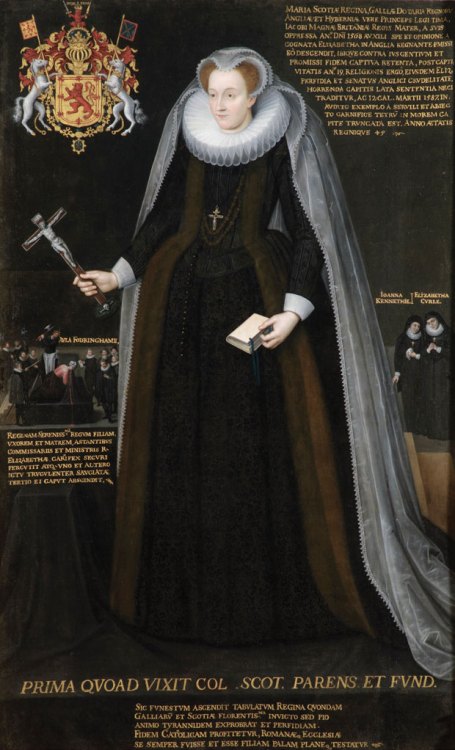
The Blairs Memorial Portrait of Mary, Queen of Scots (early 17th century), Flemish, unknown artist. Blairs Museum, Aberdeen (Blairs Museum Trust)
Mary makes an ambiguous symbol for independence. On the one hand, she is a quintessentially Romantic figure – a graceful, elegant princess who became a victim of English realpolitik and, as the titles of the panegyrics suggest, a martyr of Scottish nationhood. It’s an image that is powerfully presented in the posthumous Blairs Memorial Portrait, which shows Mary serenely awaiting death in a full-length black gown, holding a Bible and crucifix. Yet on the other, Mary was a prototypical unionist, aspiring to fuse England with Scotland. She angled continuously for recognition as heir to the English Crown and, when that did not materialise, fastened herself to conspiracies seeking to depose her cousin, Queen Elizabeth.
Mary’s status as a national icon is complicated further by the French connection. She was the final embodiment of the Auld Alliance. In 1538, James V of Scotland had married Mary of Guise, a French noblewoman. He died in December 1542, just six days after Mary, their only daughter, had been born. Despite succeeding immediately to the Scottish throne, Mary spent most of her upbringing in her mother’s homeland. In 1548, she was betrothed to the French dauphin, François, and sent to live at the Valois court. In 1558, the two were married and the following year François became king. This pale, diminutive youth lived only 18 months more, leaving Mary a queen dowager before she had reached adulthood. In 1561 she returned to take control of her native realm.
Mary would never return to France. However, as the exhibition demonstrates, French culture had a lasting influence. Although Scots was her native tongue, it is clear from her autograph letters that she felt equally comfortable writing in French. French fashions were conspicuous at her court, as she tried to recreate in the dankness of Holyrood some of the majesty of the Louvre or Fontainebleau. With the assistance of the Valois pension she continued to receive, Mary provided generous patronage to continental craftsmen. Jewels, cameos, tapestries and objets d’art were sent over from France, a fine selection of which are presented here.
Mary’s education in France had not been academic, but she had learned the Renaissance accomplishments of dancing, singing, music and embroidery. She also introduced to Scotland the court masque, the quintessential distillation of the Renaissance arts. Although few costumes from these spectacles survive, a weighty inventory testifies to their splendour. Mary’s devout Catholicism gave France a spiritual importance too. As Protestantism tightened its clench on the British Isles, Mary had to send across the water for prayer books, holy relics and vestments.
This outward impression of sophistication is thrown into sharp relief by the gangsterism that dominates the second half of the exhibition. Two pictures of Mary from different periods of her reign make plain this contrast. In the first, a portrait by Clouet executed shortly after the death of François, Mary wears mourning white and looks every inch the reflection of her biblical namesake. But in the second, a placard pasted in Edinburgh shortly after Darnley’s murder, she appears as a mermaid, the symbol of a prostitute, perched above a hare representing James Hepburn, 4th Earl of Bothwell, her alleged lover and the assassin of her husband.
The exhibition does not stray too deep into the snake pit of Scottish politics, with its weathervane allegiances and toxic vendettas. It does, however, suggest the importance of Mary’s physical presence in Scotland after 1561. Royal progresses and gifts of portrait miniatures bound many of her subjects closer to her – for a time at least. She took a passing interest in matters of government: one of the more intriguing exhibits is a charter granting the city of Dundee permission to bury the dead outside the city walls.
Yet this image of virtuous queenship is obscured by Mary’s dynastic ambitions. Her marriage in 1565 to Darnley – like her, a descendant of Henry VII – had one purpose: to strengthen her claim to the English Crown. But Darnley had ambitions of his own. He sought, in the face of overwhelming resistance, the Crown Matrimonial, which would have made him co-sovereign in Scotland. His efforts were thwarted, but a coin issued in 1565 – and swiftly withdrawn – placing his name before Mary’s suggests he came close to achieving this aim.
Following the birth of their son, James, in December 1566, Mary discarded Darnley. Whether she had a part in his murder on Kirk o’ Field three months later – an event captured in full gothic horror in a narrative drawing by an English spy – is a mystery the exhibition does not attempt to solve. For contemporaries, however, the truth mattered little. The rebel lords who defeated Mary and Bothwell – whom she had married with unseemly haste – at Carberry Hill in July 1567 carried banners of the infant James kneeling beside Darnley’s body and praying, ‘Judge and revenge my cause, O Lord’. Her abdication followed within days.
Mary’s disgrace was rendered complete in October 1568 when, six months after her flight to England, the Earl of Moray, the new regent of Scotland, published the so-called Casket Letters, which purported to show her collusion in Darnley’s murder. Any chance of restoration was dashed, and she remained thereafter a prisoner in England, driven by desperation into plots against Elizabeth and, ultimately, treason. The originals of the Casket Letters, which were probably forged, have now disappeared, but the silver gilt box in which they were reputedly found appears here. It is often difficult after five centuries to establish authentic connections between objects and historical events, and the curators err on the side of caution regarding the casket’s true provenance. But whatever its origins, it is a suitable centrepiece for an exhibition that seeks to revel in, as much as to unravel, the riddles and contradictions of Mary’s life
From the October 2013 issue of Apollo. Subscribe here.
‘Mary, Queen of Scots’ was at the National Museum of Scotland, Edinburgh, from 28 June–17 November 2013.
Unlimited access from just $16 every 3 months
Subscribe to get unlimited and exclusive access to the top art stories, interviews and exhibition reviews.

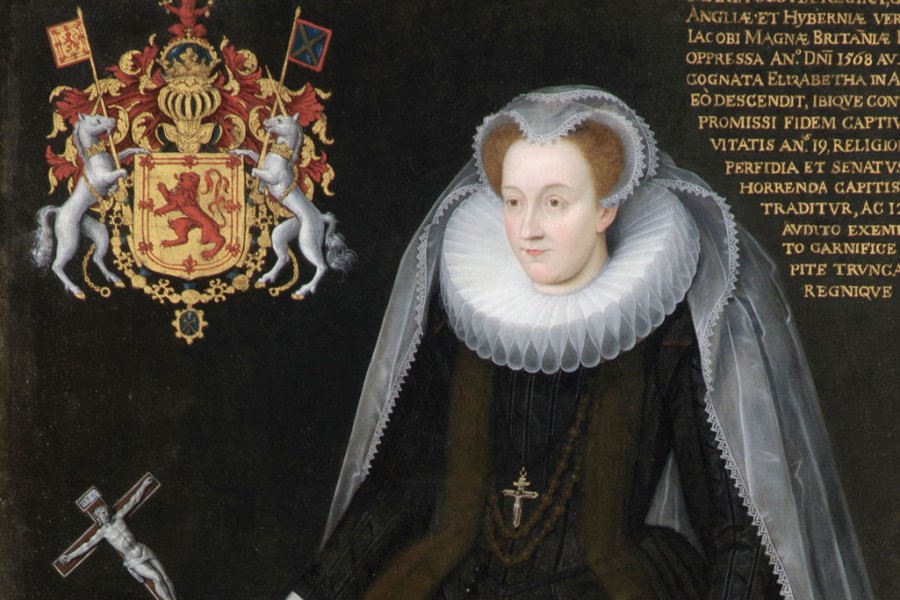
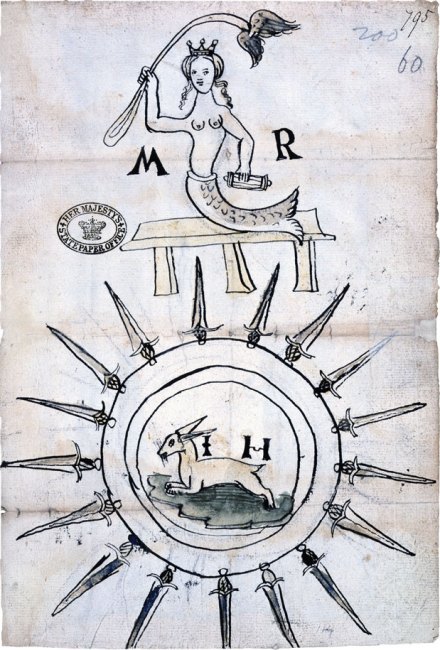
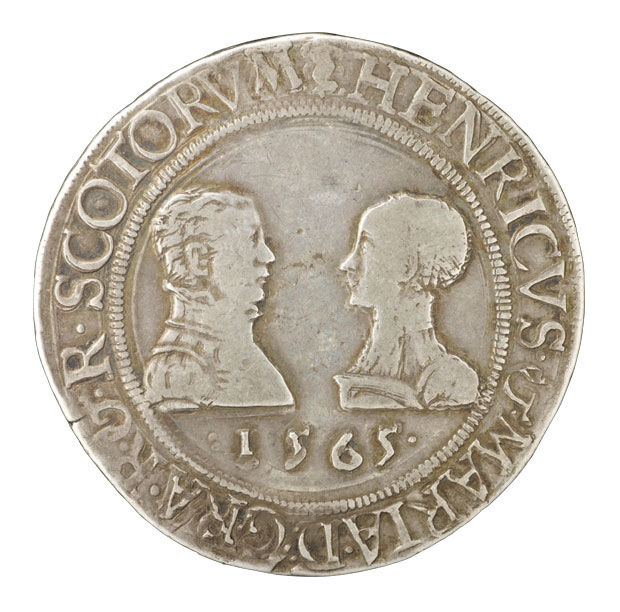
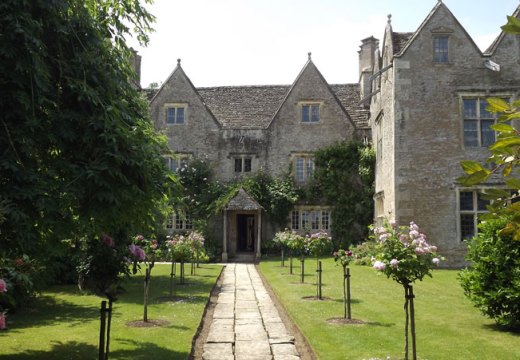
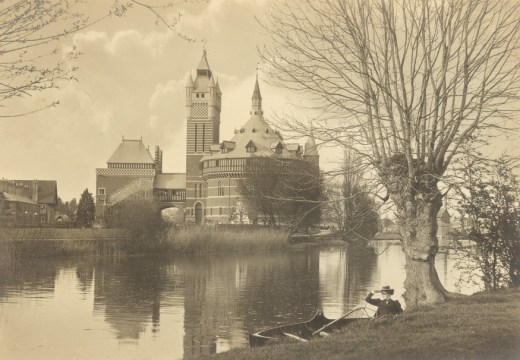
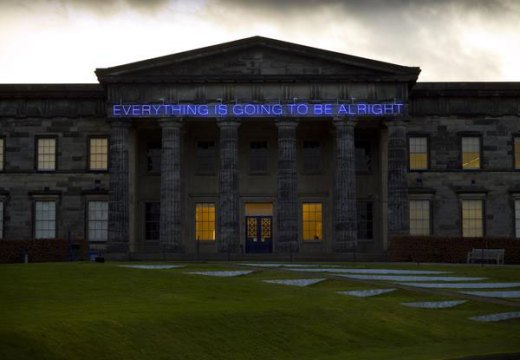

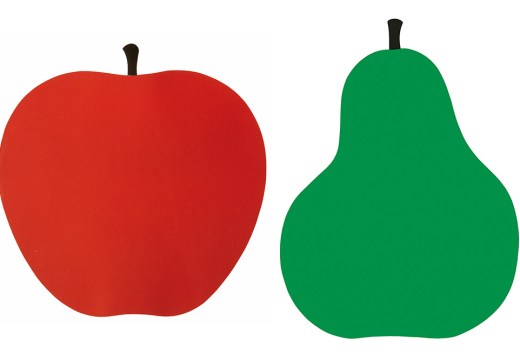
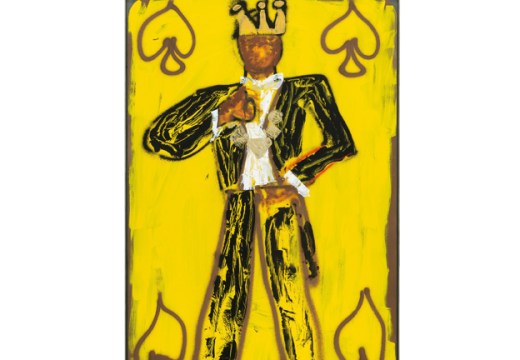






![Masterpiece [Re]discovery 2022. Photo: Ben Fisher Photography, courtesy of Masterpiece London](http://www.apollo-magazine.com/wp-content/uploads/2022/07/MPL2022_4263.jpg)
Has the Fitzwilliam lost the hang of things?